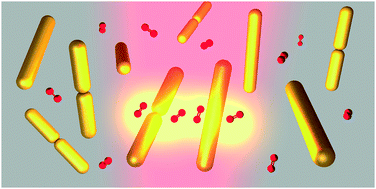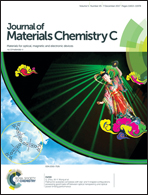Magnetic light and forbidden photochemistry: the case of singlet oxygen†
Abstract
Most optical processes occurring in nature are based on the well-known selection rules for optical transitions between electronic levels of atoms, molecules, and solids. Since in most situations the magnetic component of light has a negligible contribution, the dipolar electric approximation is generally assumed. However, this traditional understanding is challenged by nanostructured materials, which interact strongly with light and produce very large enhancements of the magnetic field in their surroundings. Here we report on the magnetic response of different metallic nanostructures and their influence on the spectroscopy of molecular oxygen, a paradigmatic example of dipole-forbidden optical transitions in photochemistry.



 Please wait while we load your content...
Please wait while we load your content...